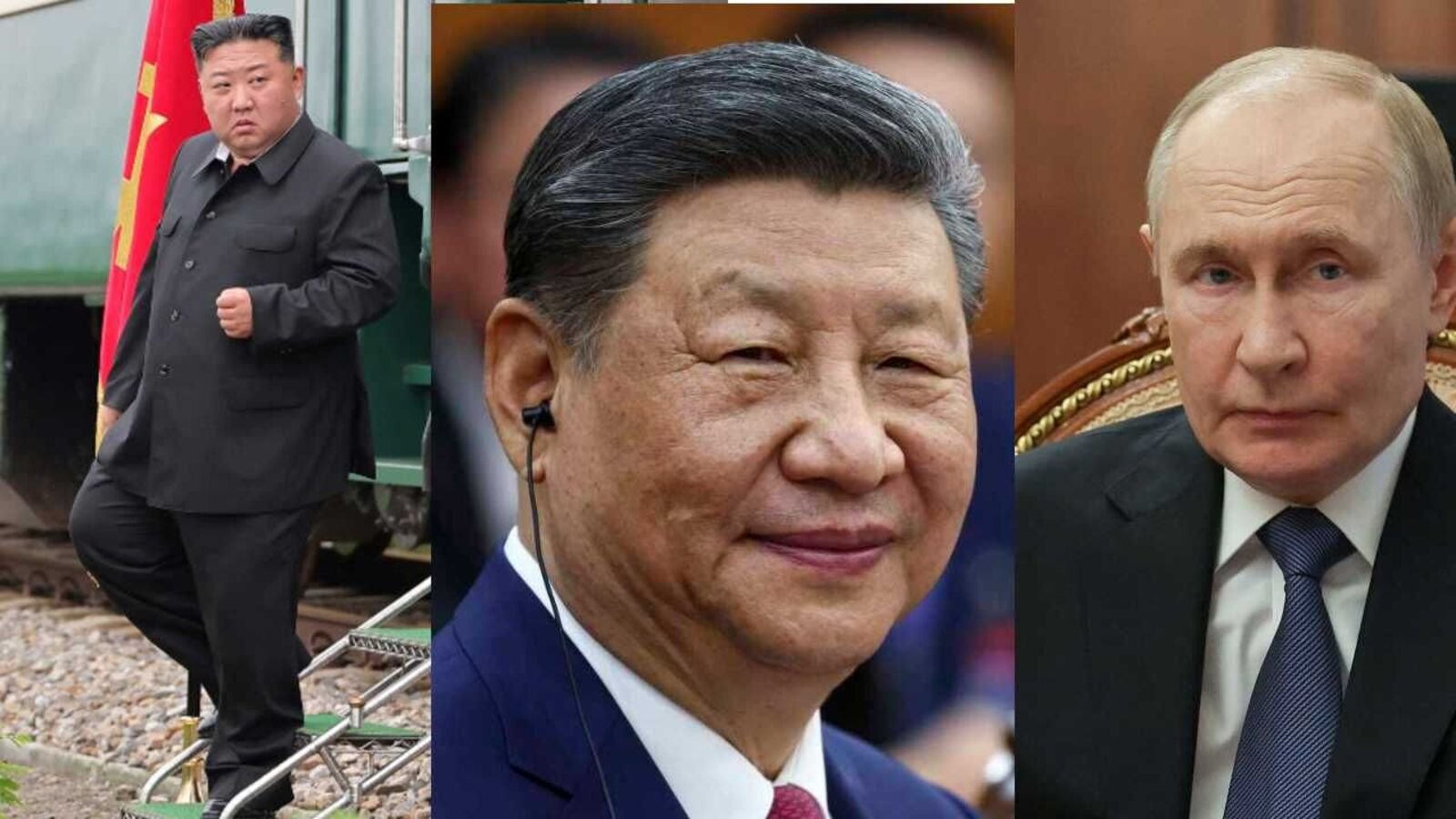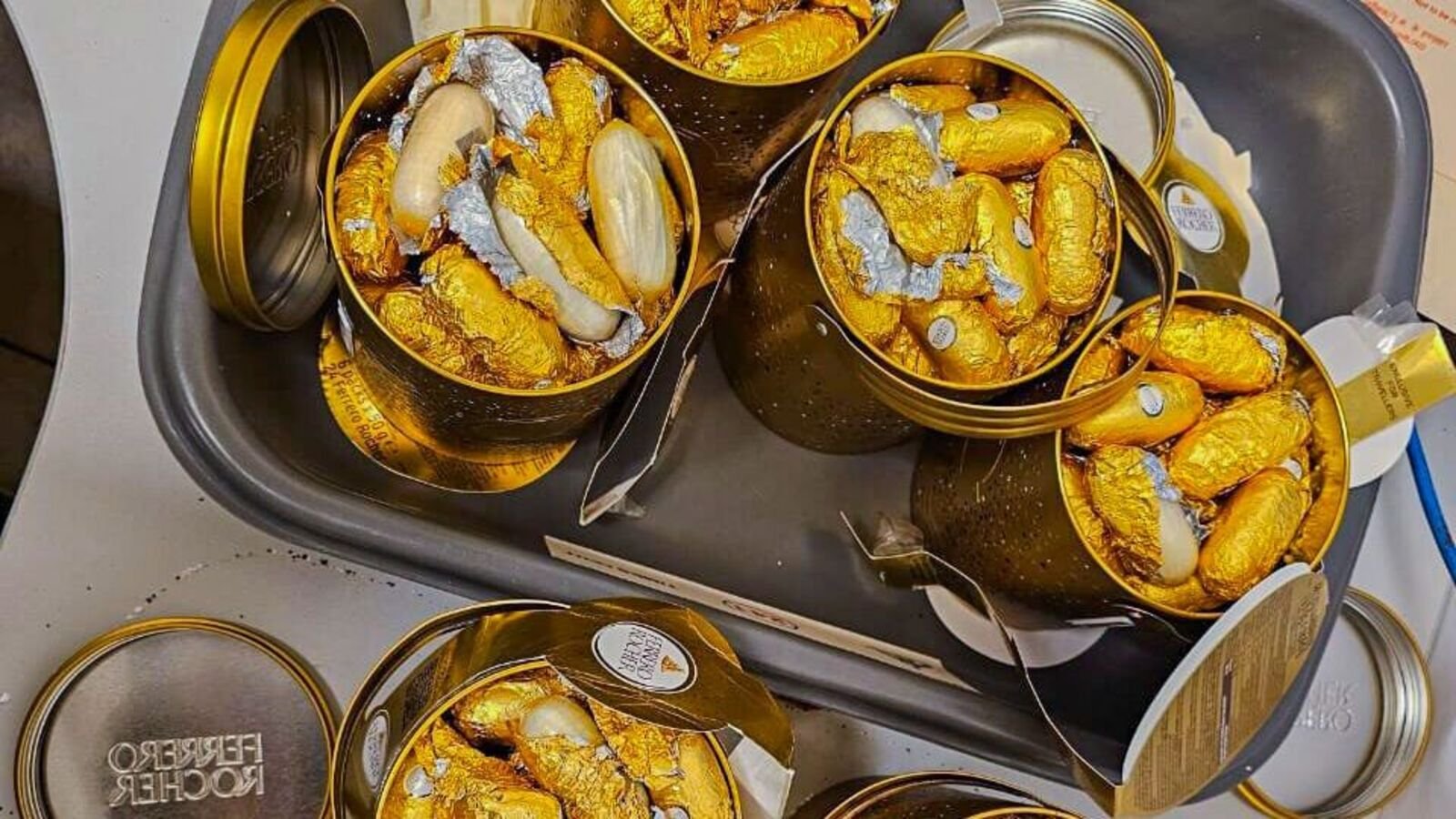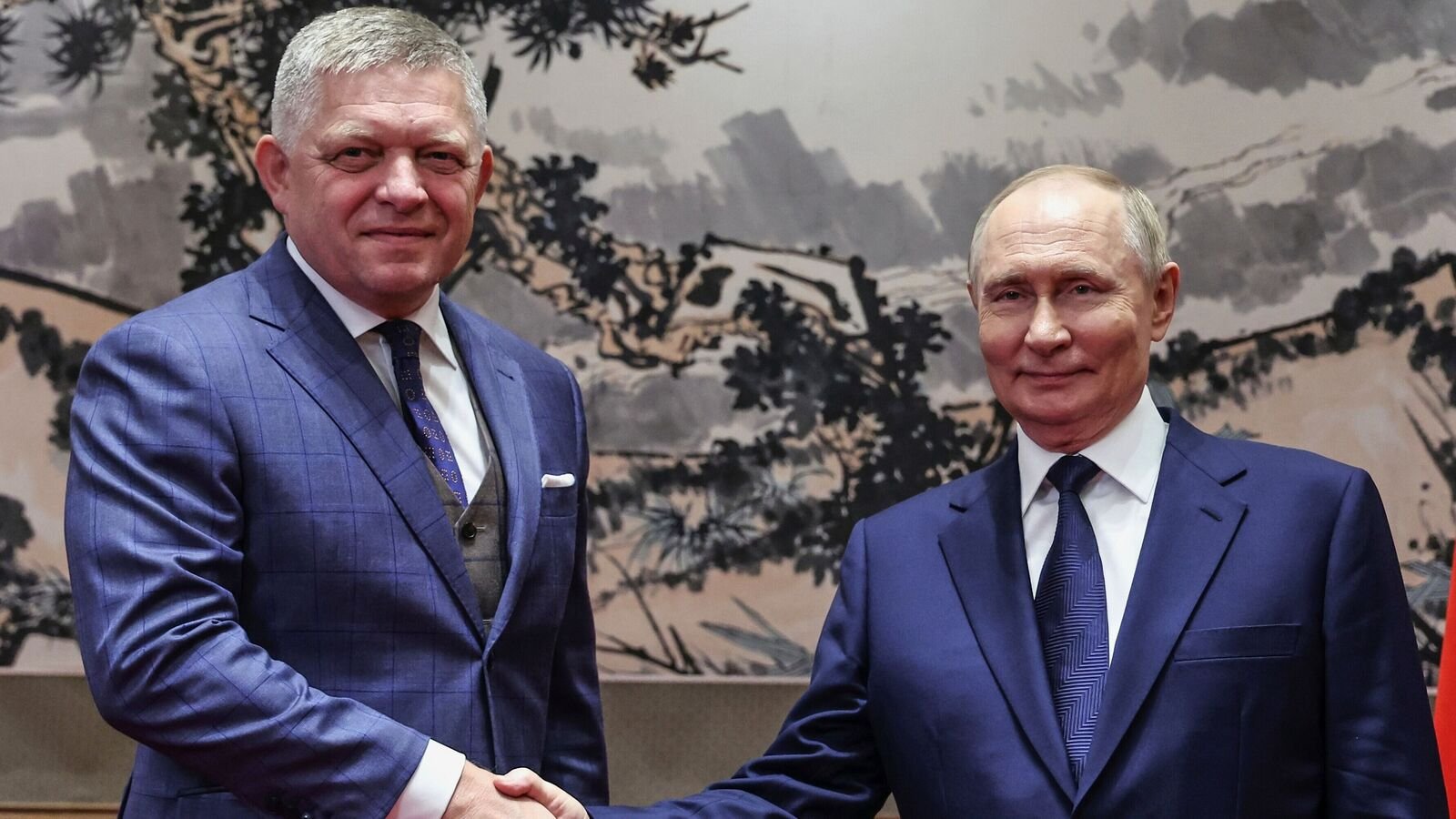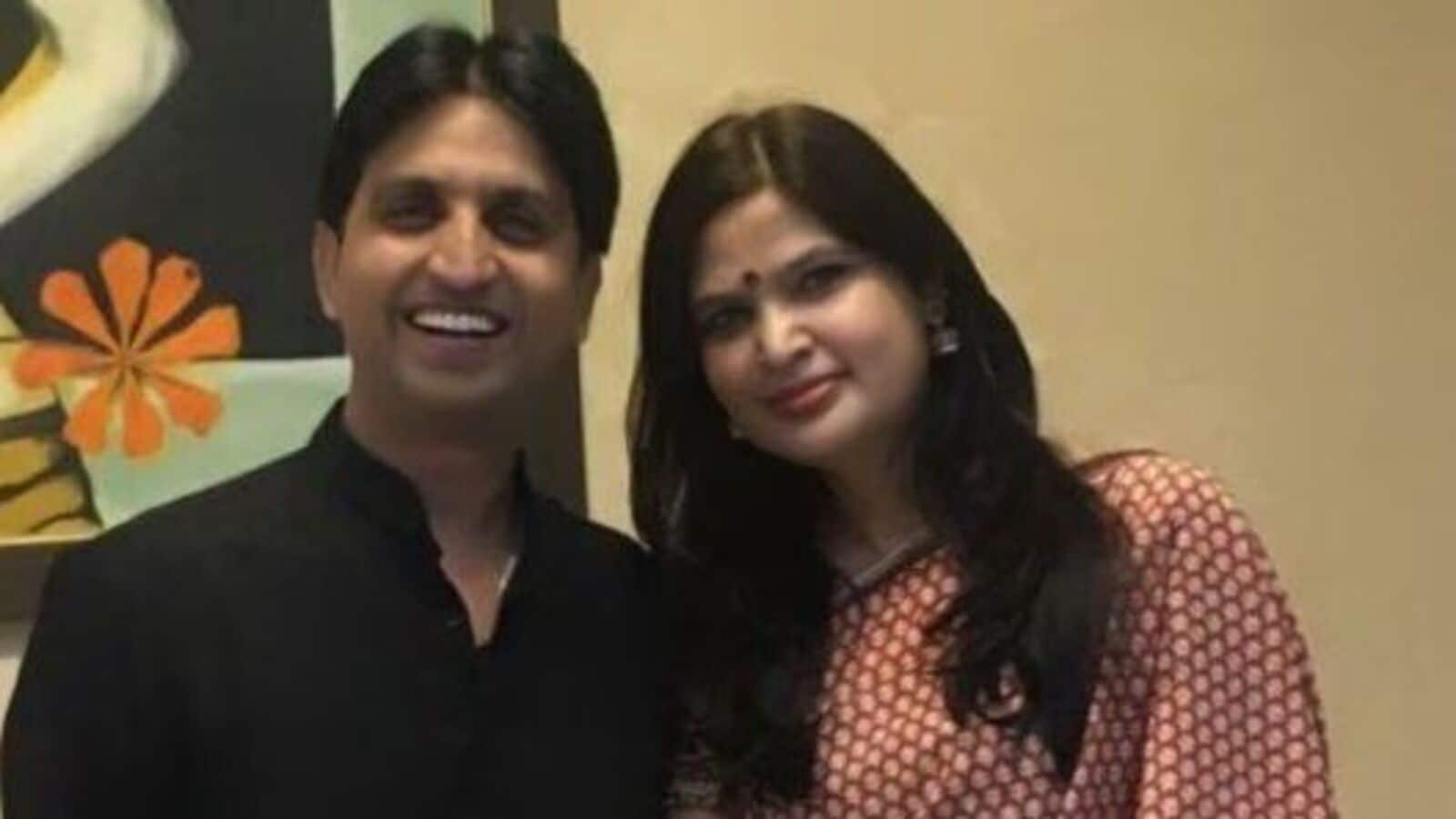Kim Jong-Un joins ‘anti-West’ Putin, Xi in fiercest show of unity: All about China ‘Victory Day’ Parade

The world’s largest active military, with more than 2 million personnel, is holding one of its biggest parades ever on Wednesday, which will be held in central Beijing.
It is part of an event to mark the 80th anniversary of the victory of the “Chinese People’s War of Resistance against Japanese Aggression and the World Anti-Fascist War.”
Who will attend China’s grand military parade?
According to the Guardian, “anti-West” leaders of Russia, Myanmar, Iran and North Korea will attend the event marking 80 years since the defeat of Japan in the Second World War.
Russian President Vladimir Putin and North Korean President Kim Jong-un are expected to witness the Victory Day parade on September 3.
This will be the first time Putin and Kim Jong-un will appear in public together alongside Xi Jinping.
Iranian President Masoud Pezeshkian is also expected to be on the dais. Myanmar junta chief Min Aung Hlaing, who rarely travels abroad, may also join these leaders in the celebration, the Chinese foreign ministry said on Thursday.
The presence of these leaders will signify their solidarity with China, which is an arch rival of the US. The grand occasion in Beijing will showcase not just China’s growing ability, but also reflect upon the support from some of the world’s most heavily sanctioned nations “in a display of unity against the West,” NBC reported.
‘Anti-West’
Meanwhile, many Western leaders are expected to shun the parade. Leaders from the US and other Western governments reportedly declined to attend the parade, partly because of the presence of Putin.
The only western heads of state or government attending the events in Beijing are Prime Minister of EU member state Slovakia Robert Fico, and Aleksandar Vučić, the president of Serbia, the Guardian reported.
Undersecretary General Li Junhua will represent the United Nations.
What China’s Victory Parade signifies?
1. ‘Show of force’ against West and other rivals
At the global stage, China seeks to portray itself as an alternative to the American-dominated postwar era.
Hence, the highly choreographed parade is seen by the world as a show of China’s military and diplomatic strength amid high-stakes negotiations with US President Donald Trump’s administration over trade and tariffs, and potential conflict over Taiwan.
“It’s definitely a show of force,” Drew Thompson, a senior fellow at the S. Rajaratnam School of International Studies at Nanyang Technological University in Singapore, told NBC.
Meanwhile, Alfred Wu, associate professor at the Lee Kuan Yew school of public policy at the National University of Singapore, was quoted as as saying,“Xi Jinping is trying to showcase that he is very strong, that he is still powerful and well received in China.”
2. China’s progress
Domestically, the commemoration is an effort to show how far the country has come — and in so doing, build support for the party and its leader, President Xi Jinping.
China was a major front in World War II, a fact often overlooked in accounts that focus more on the fight for Europe and US naval battles in the Pacific.
“It’s a really important part of the Communist Party’s legitimising narrative as the leader of the Chinese people,” said Emily Matson, a scholar of modern Chinese history who teaches at Georgetown and George Washington universities.
3. Recast wartime history
Alongside the spectacle, “China is trying to recast wartime history by downplaying US help while emphasising Moscow’s role,” the Washington Post reported.
The report noted that in the run-up to the World War-II anniversary, several state-aligned scholars, media outlets and think tanks downplayed the significance of American assistance to China during World War II, “casting the US as a self-serving power then and now.”
4. Global influence
Notably, the event comes days after Indian Prime Minister Narendra Modi, Chinese President Xi Jinping and Russian President Vladimir Putin put up a united front at the Shanghai Cooperation Organisation (SCO) held in Tianjin, China.
The back-to-back events are meant to showcase Beijing’s diplomatic reach and its ambitions to project influence globally.
Discover more from News Hub
Subscribe to get the latest posts sent to your email.






